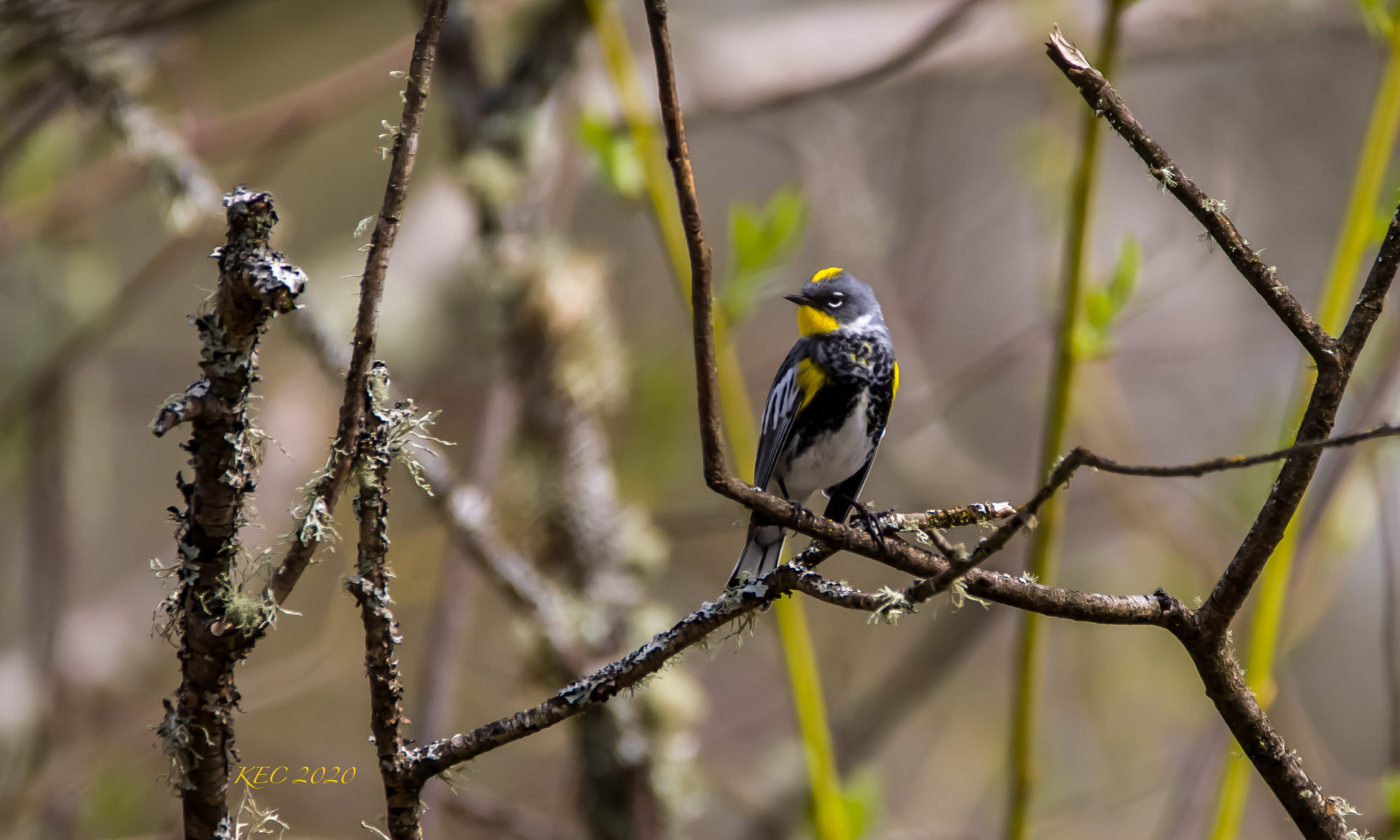
Fall Migration has begun!
Just as soon as we think we are just getting into one season (summer) we are already heading into another! Migration has already begun, male Rufous hummingbirds for example began their long journey south of the boarder at least a month ago! (they have no part in the raising of the fledglings that they have left behind…. 🤪)
Other infrequent visitors might be appearing in your yard now as they are heading south as well. For us, the Evening Grosbeaks are back (yay!). They won’t stay long, but I hope they enjoy the good quality food and places to rest that they have access to in our back yard…(we very specifically leave branches and dense brush areas for birds to roost in and hide from predators). I’ve also left some of the wild blackberries for various berry eating birds and my Merlin app has been picking up Cedar Waxwings and a variety of warblers which is super fun.
It might not seem like the time to worry about food sources, after all in theory there should be an abundance of food sources now; however in the PNW, we’ve been experiencing back to back dry summers for a number of years (and even fire in some areas) which has reduced the availability of food sources. Additionally after a cold & wet spring in which only the moss seemed to thrive, we may not have high quality natural food sources available for these weary travelers. Continuing to offer high quality food helps the migrating flocks to maintain strength and helps those who have not yet begun their travels to build high quality feathers. Don’t forget, most all birds molt after the stress of breeding season, and it takes a lot of energy to grow new feathers this is why it’s so impactful to continue to offer high quality foods throughout the year.
Another thing that helps is turning off extra lights as the flocks migrate south, this helps them better find their way and helps to prevent distraction as they make the long journeys. Here’s a link to a great article from the Audubon society with more details: Lights-Out Program.
Ok…key take always:
- Provide high fat & high protein foods & fresh water.
- Provide safe areas for birds to roost in away from predators & weather.
- Turn off unnecessary outdoor lights to help birds migrate.
- Enjoy the fall visitors in your yard!





